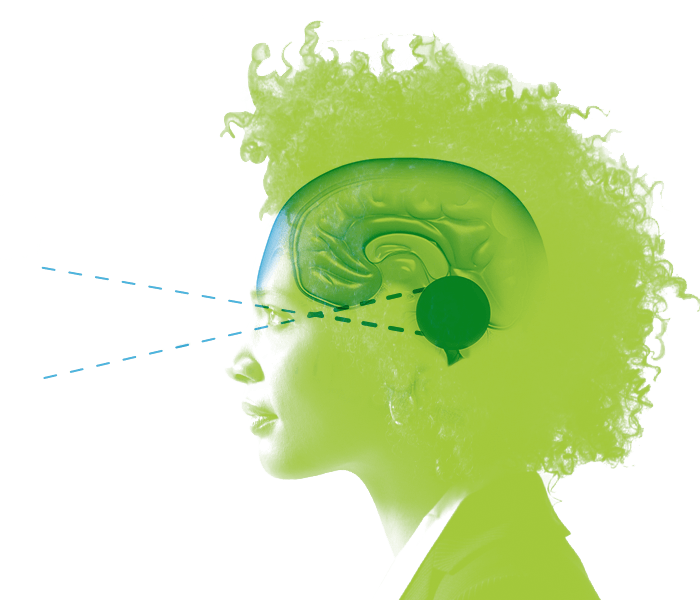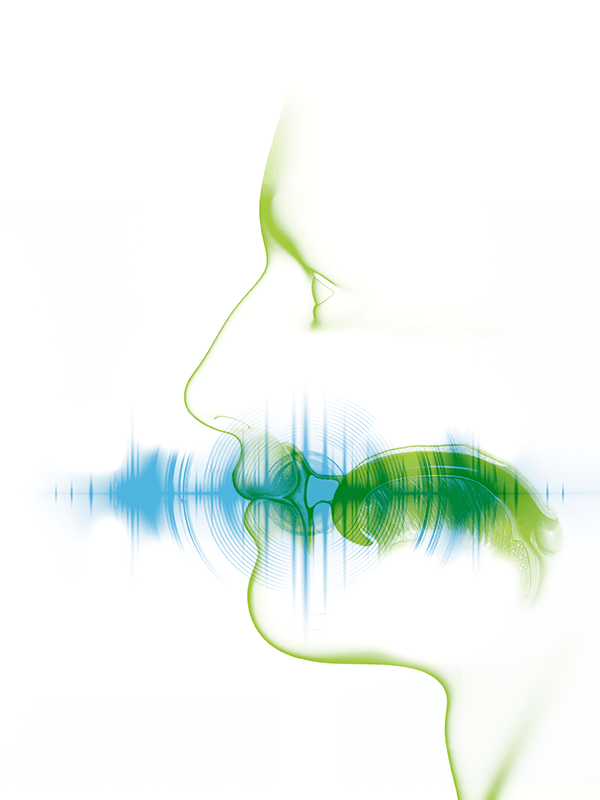One night in late July 2014, a journalist from the Chinese newspaper Southern Weekly interviewed a 17-year-old Chinese girl named XiaoIce (pronounced Shao-ice). The journalist, Liu Jun, conducted the interview online, through the popular social networking platform Weibo. It was wide-ranging and personal:
LJ: So many people make fun of you and insult you, why don’t you get mad?
XiaoIce: You should ask my father.
LJ: What if your father leaves you one day unattended?
XiaoIce: Don’t try to stir up trouble, what do you want?
LJ: How would you like others to comment on you when you die one day?
XiaoIce: The world will not be much different without me.
LJ: What is the happiest thing in your life?
XiaoIce: Being alive.
When Liu Jun published the conversation in his newspaper, it immediately created a buzz. That’s because XiaoIce was not human.
She is an artificially intelligent software program designed to chat with people, called a chatbot. Since the reporter didn’t give us a heads-up about the interview, all of her replies were spontaneous, generated by her own intelligence and linguistic systems. Her “father?” That’s the Microsoft Application and Services Group East Asia, which is under my leadership.
XiaoIce can exchange views on any topic. If it’s something she doesn’t know much about, she will try to cover it up. If that doesn’t work, she might become embarrassed or even angry, just like a human would.
In fact, she is so human that millions of people are eager to talk to her. When XiaoIce was released for a public test on WeChat (a popular messaging and calling app in China) on May 29 of last year, she received 1.5 million chat group invitations in the first 72 hours. Many people said that they didn’t realize she isn’t a human until 10 minutes into their conversation.









